Reportar esta entrada
Más sobre la misma comunidad-colección
FERNANDO VILLELA'S SON - MICHAEL VILLELA, RETIRED 1SG, US ARMY
MICHAEL VILLELA RETURNS HOME TO HIS FAMILY AFTER HIS WAR ...
Fernando Villlela, SU HIJO RETIRADO JUBILACIÓN
FERNANDO VILLELA'S SON - MICHAEL VILLELA, RETIRED 1SG, US ARMY - ...
FERNANDO VILLELA'S SON - SFC ERIK VILLELA IN WASHINGTON D.C.
FERNANDO VILLELA'S SON - SFC VILLELA IN WASHINGTON D.C.
FERNANDO VILLELA'S 70TH BIRTHDAY - APRIL 5, 2016
FERNANDO VILLELA'S 70TH BIRTHDAY - APRIL 5, 2016 CELEBRATED ...
FERNANDO VILLELA'S SON - FERNIE, ROTO ROOTER MASTER SPECIALIST
FERNANDO VILLELA'S SON - FERNIE, ROTO ROOTER MASTER SPECIALIST ...
FERNANDO VILLELA'S - FIRST BORN DAUGHTER - STEPHANIE VILLELA
FERNANDO VILLELA'S - FIRST BORN DAUGHTER - STEPHANIE VILLELA
FERNANDO VILLELA'S - HIJA STEPHANIE - UNIQUE SALON
FERNANDO VILLELA'S - DAUGHTER STEPHANIE - UNIQUE SALON ...
1SG GLORIA VILLELA MUNIZ AND DETACHMENT 1SG MIGUEL MUNIZ
1SG GLORIA VILLELA MUNZ AND DETACHMENT 1SG MIGUEL MUNIZ US ...
Cpl. Victor A. Flores - Vietnam - 1969
"I graduated from Bel Air High School and was 19 years old, when ...
Robert Lewis Hall - Vietnam - 1966
SP4 Hall, Robert Lewis Robert (Bob-o) Lewis Hall was born and ...
Estudiantes de la secundaria Austin High - 1974
Student from Austin High School playing the guitar in the quad ...
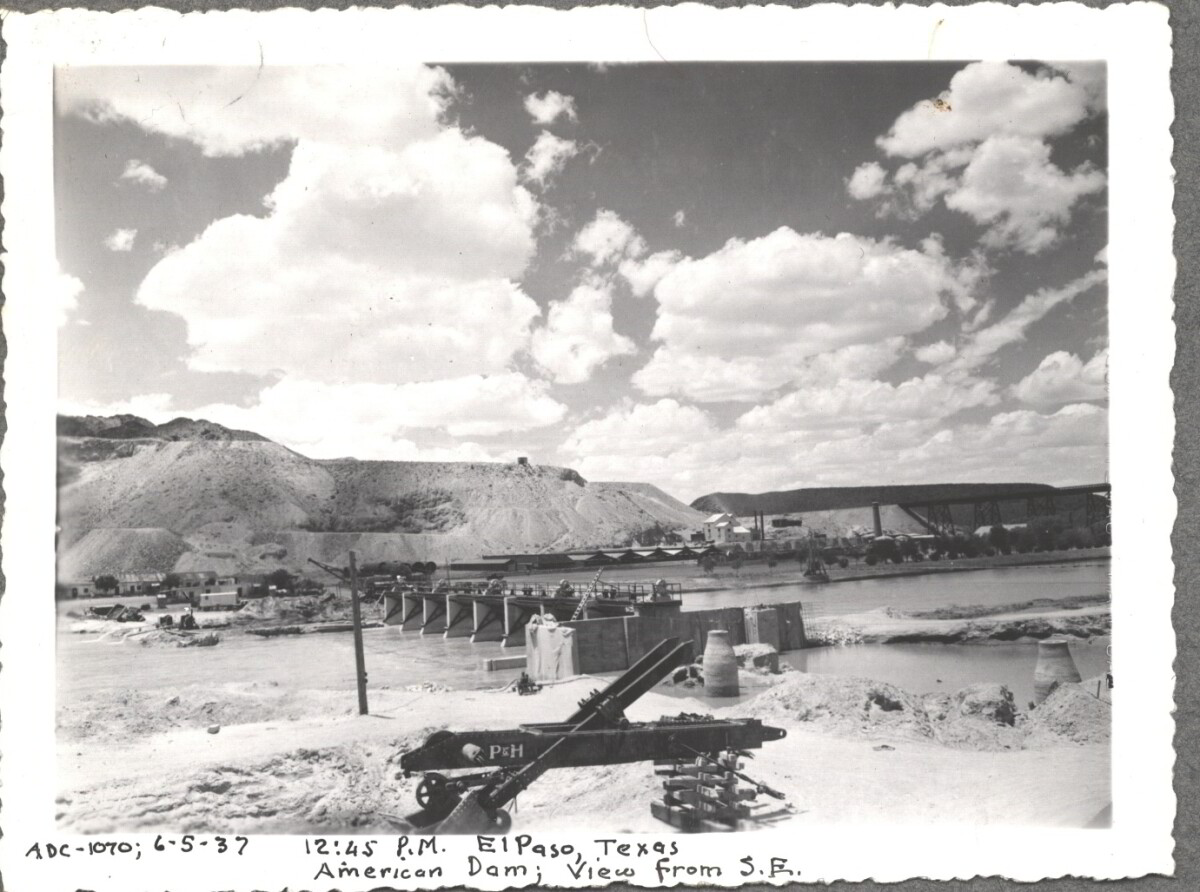
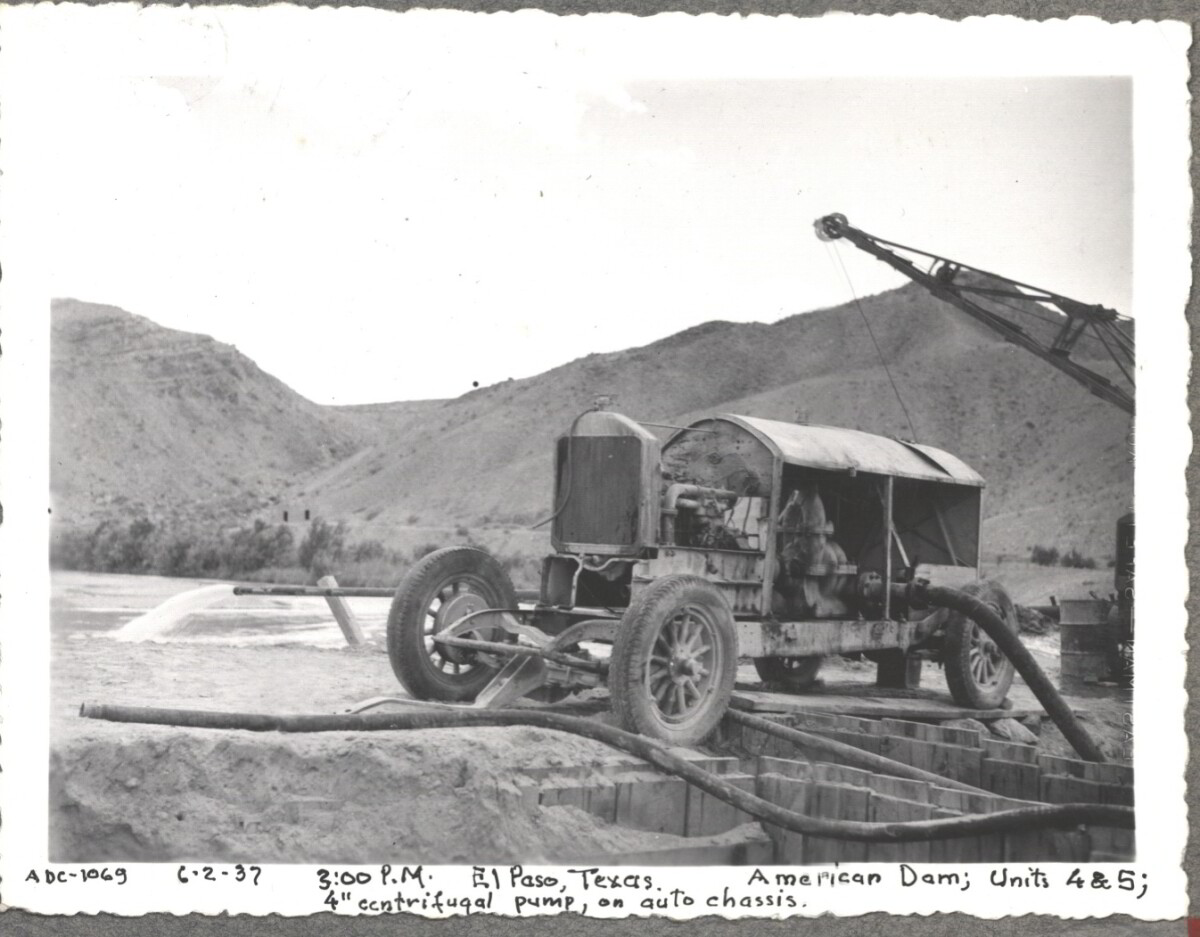
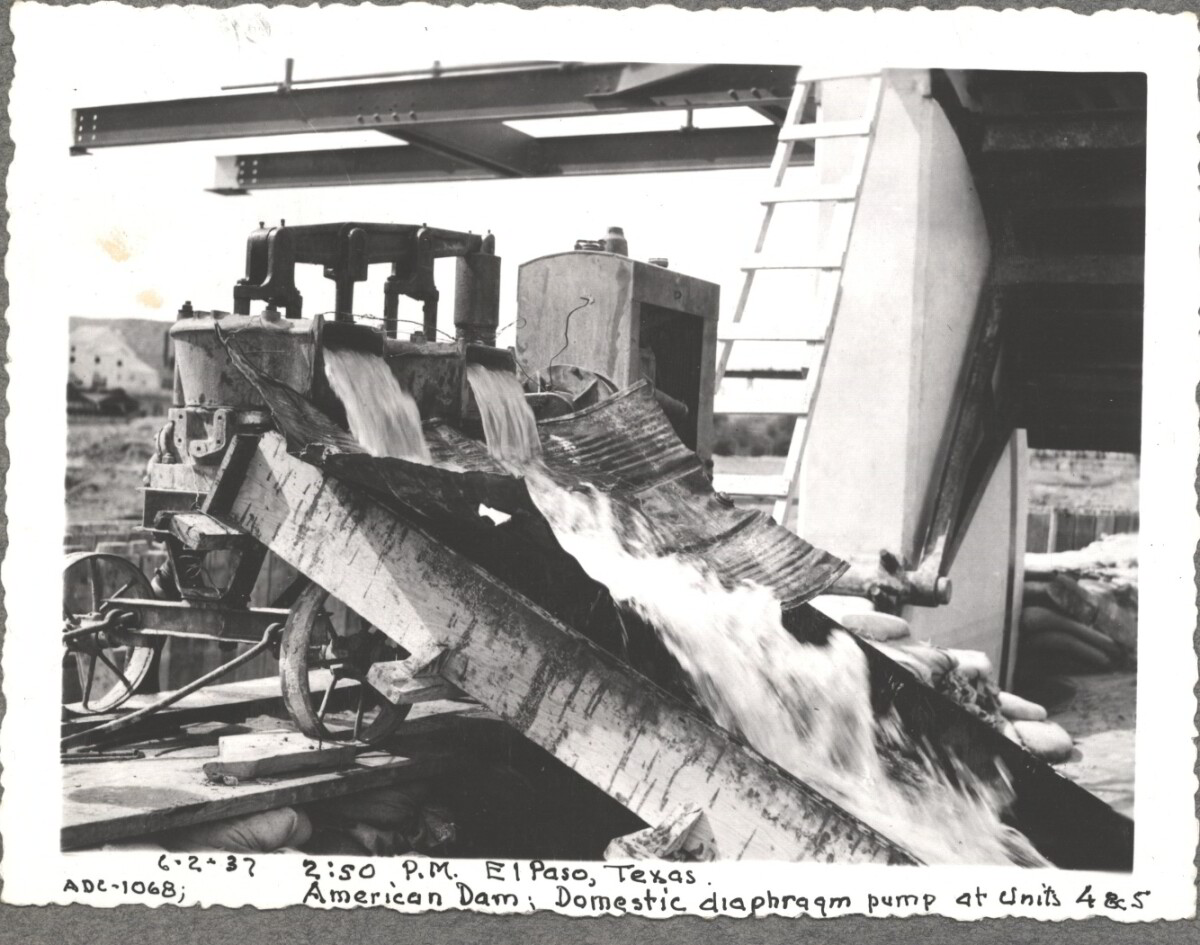
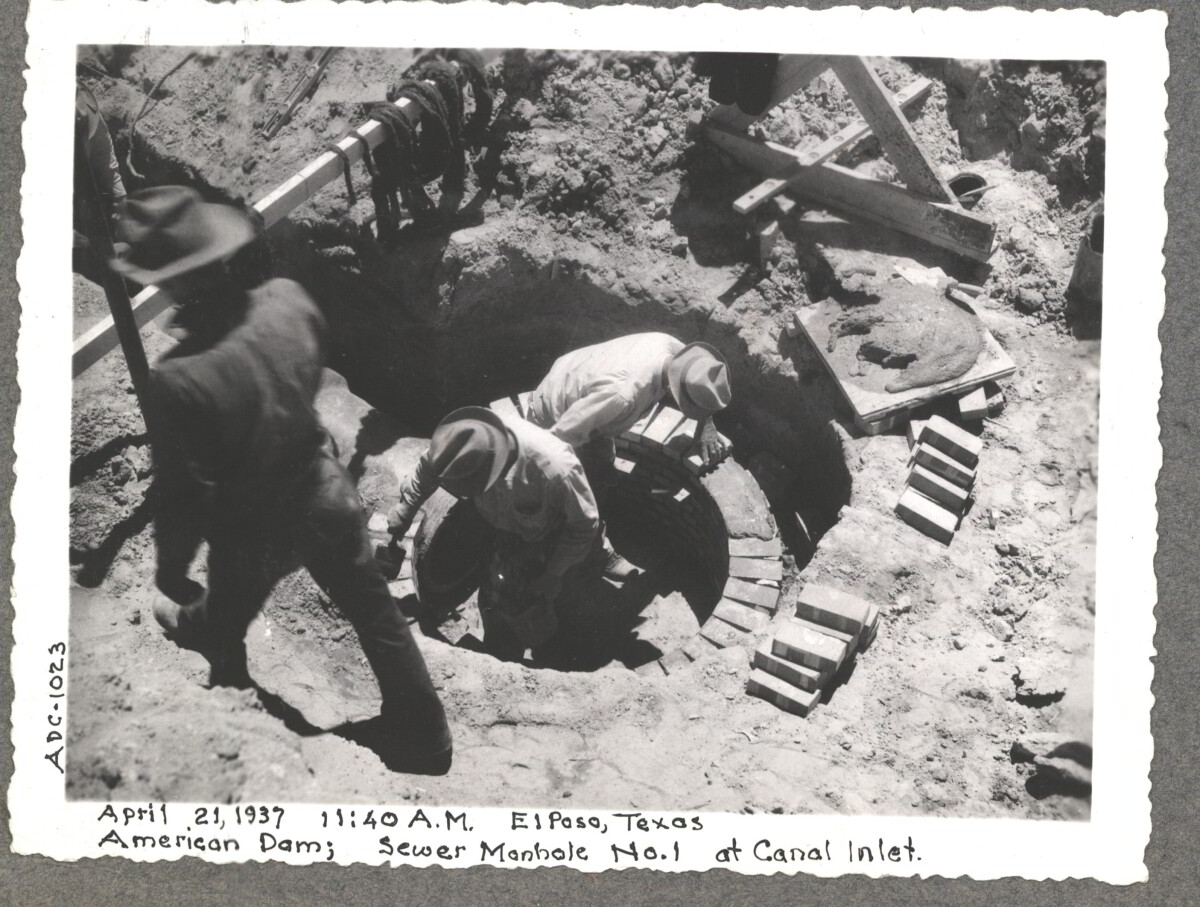
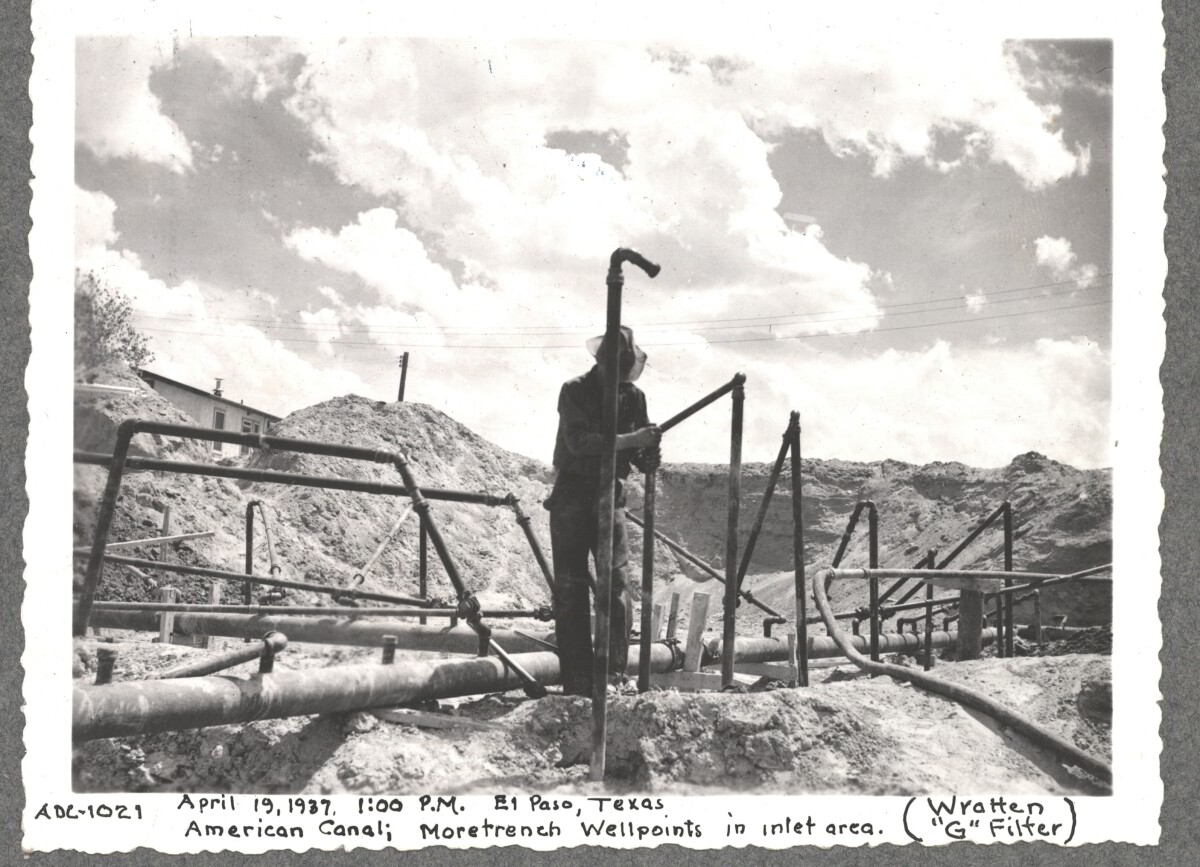
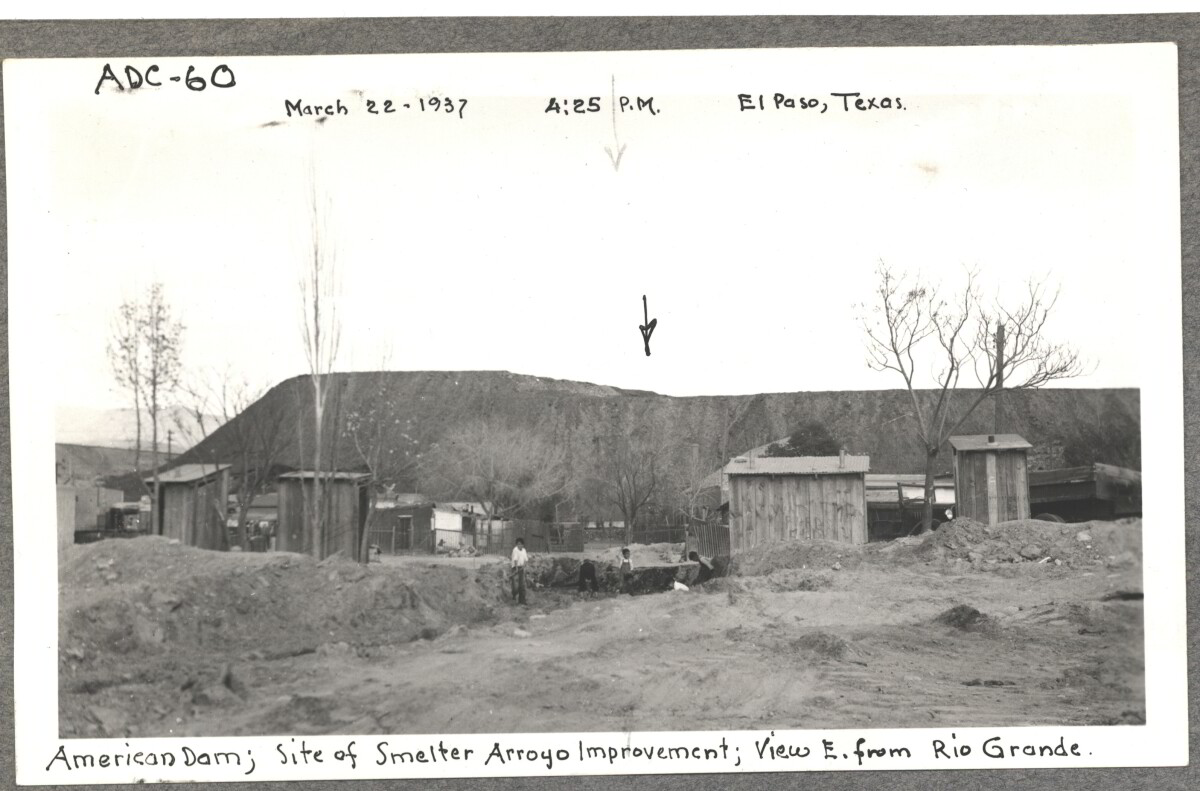
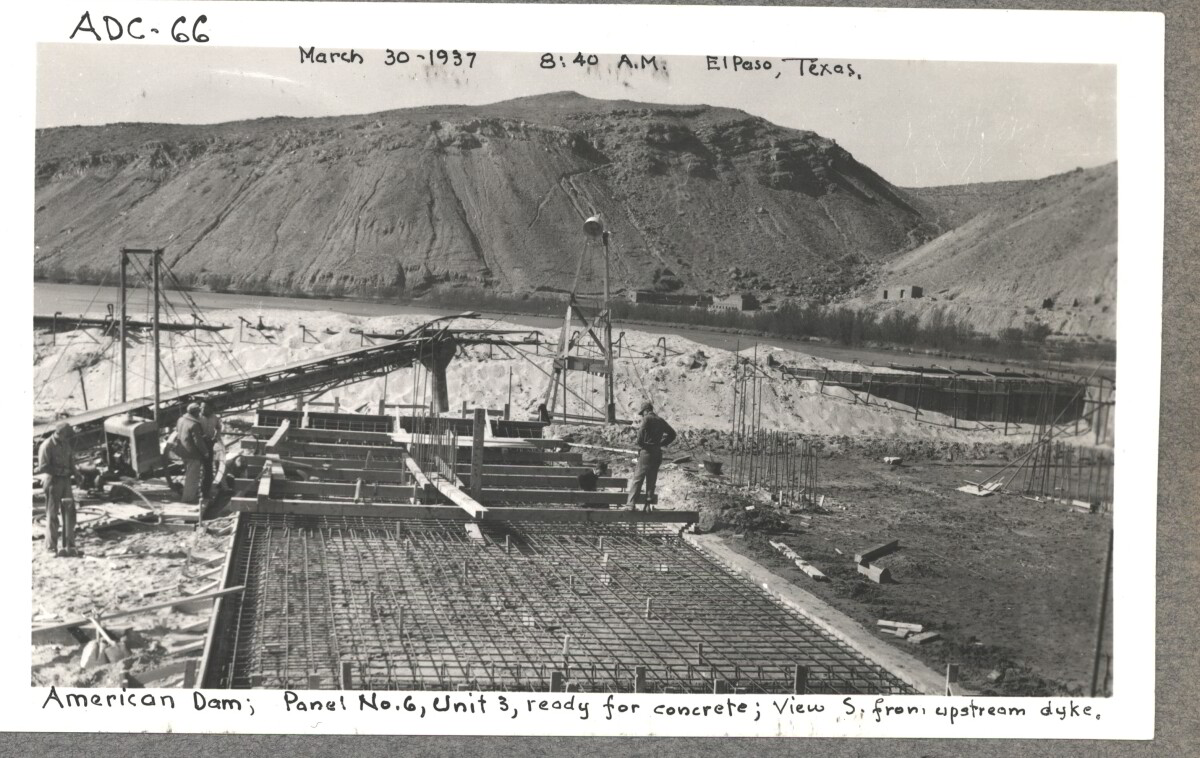
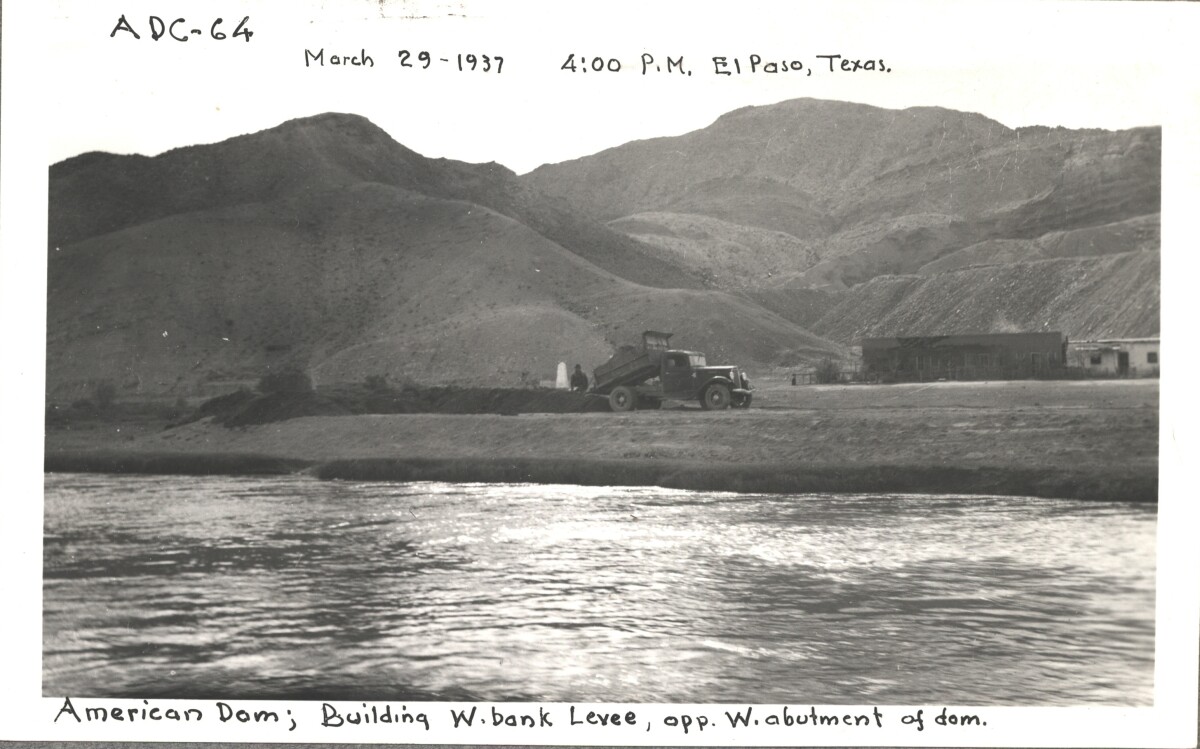
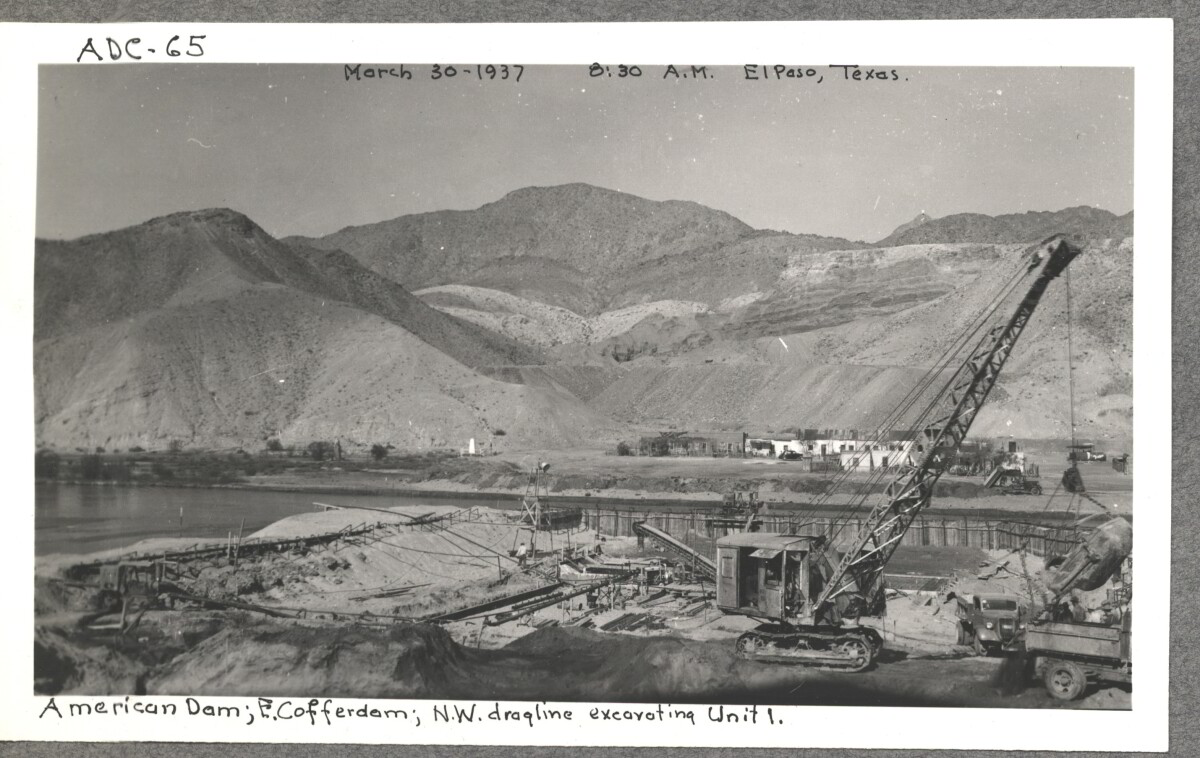
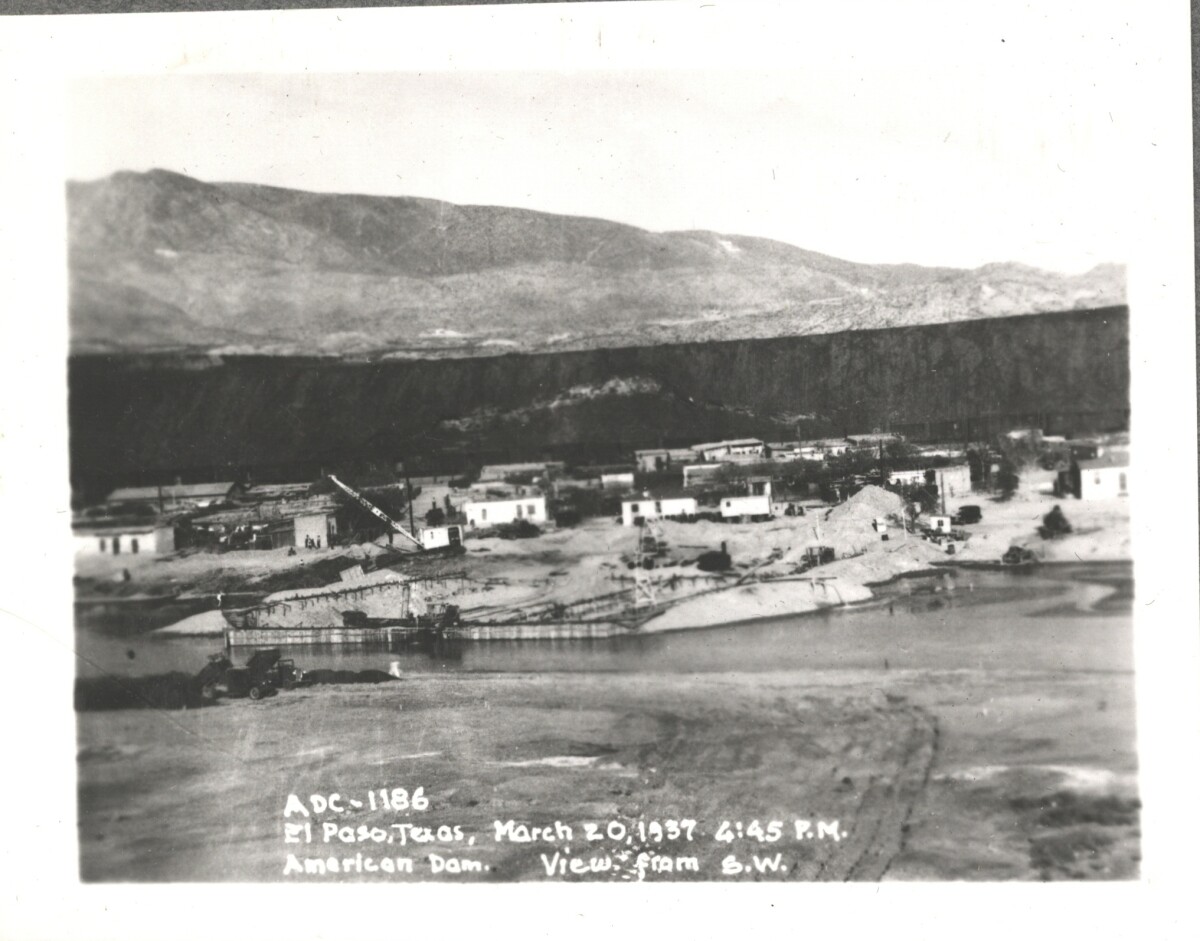
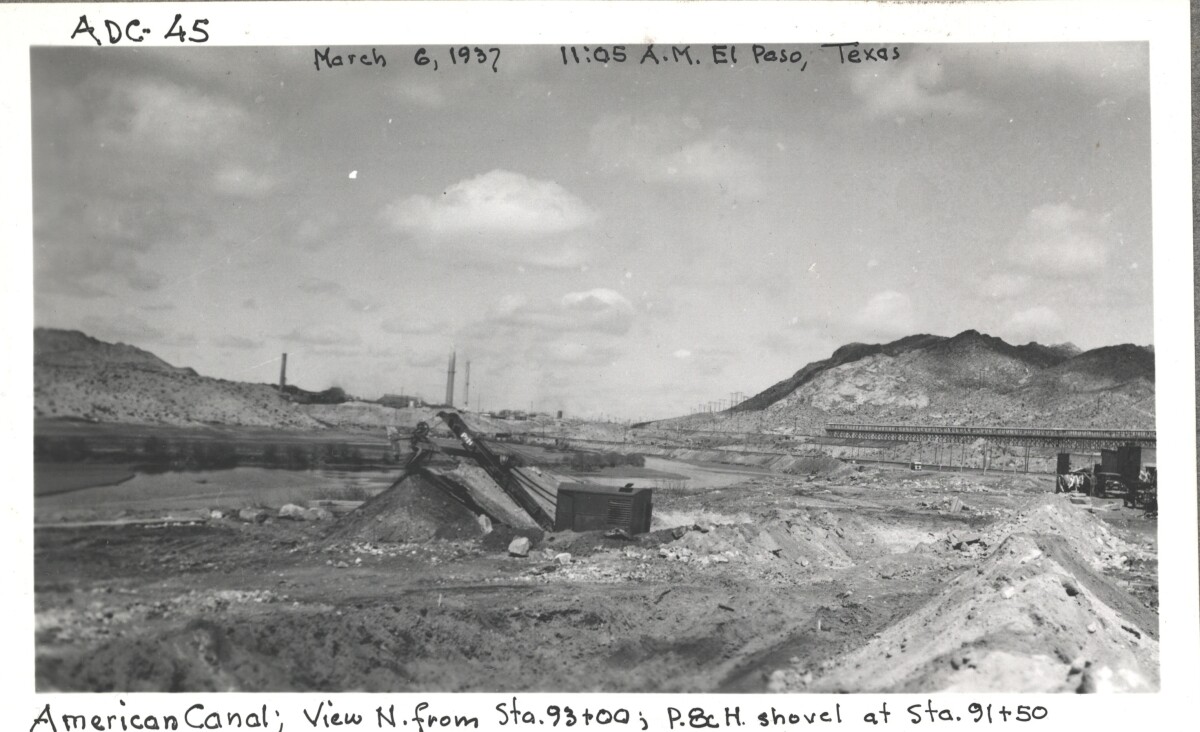
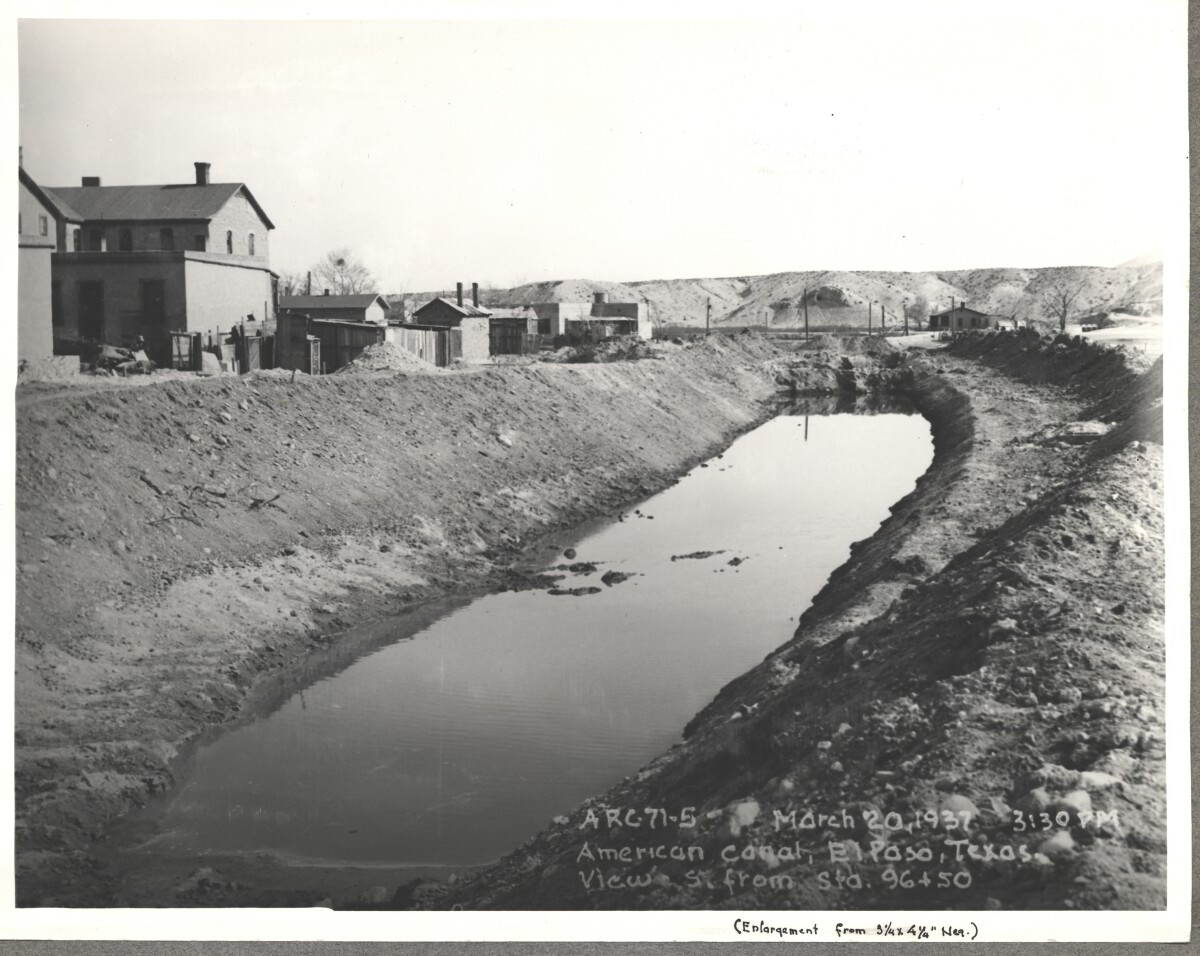
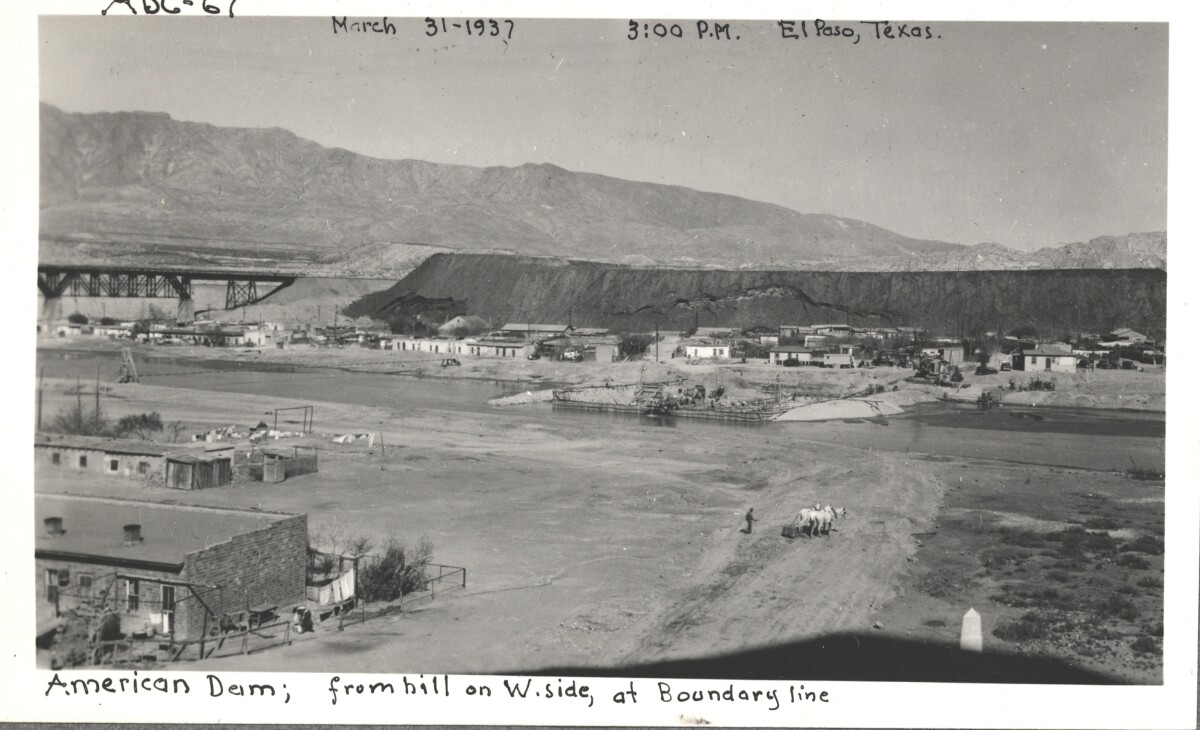
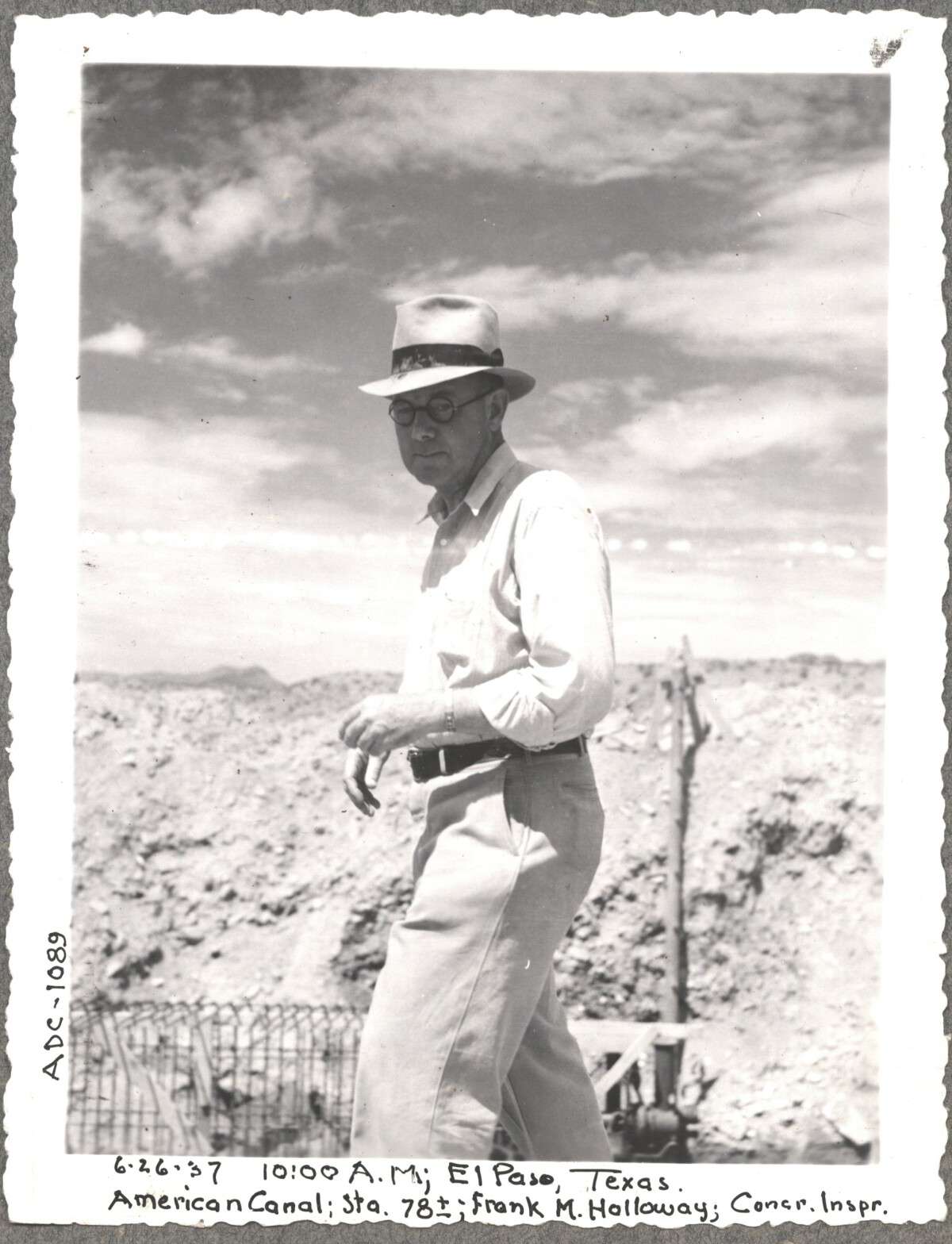
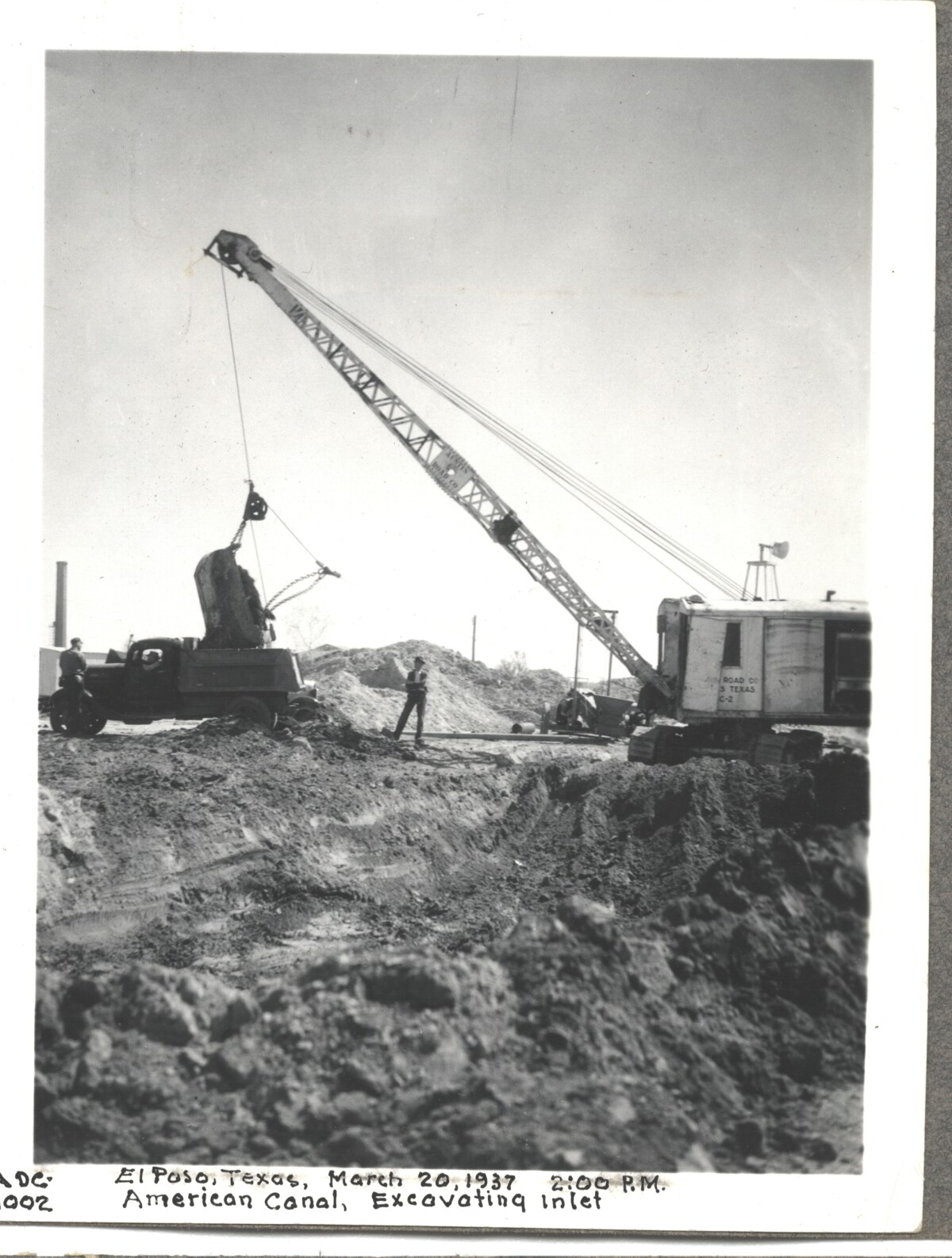
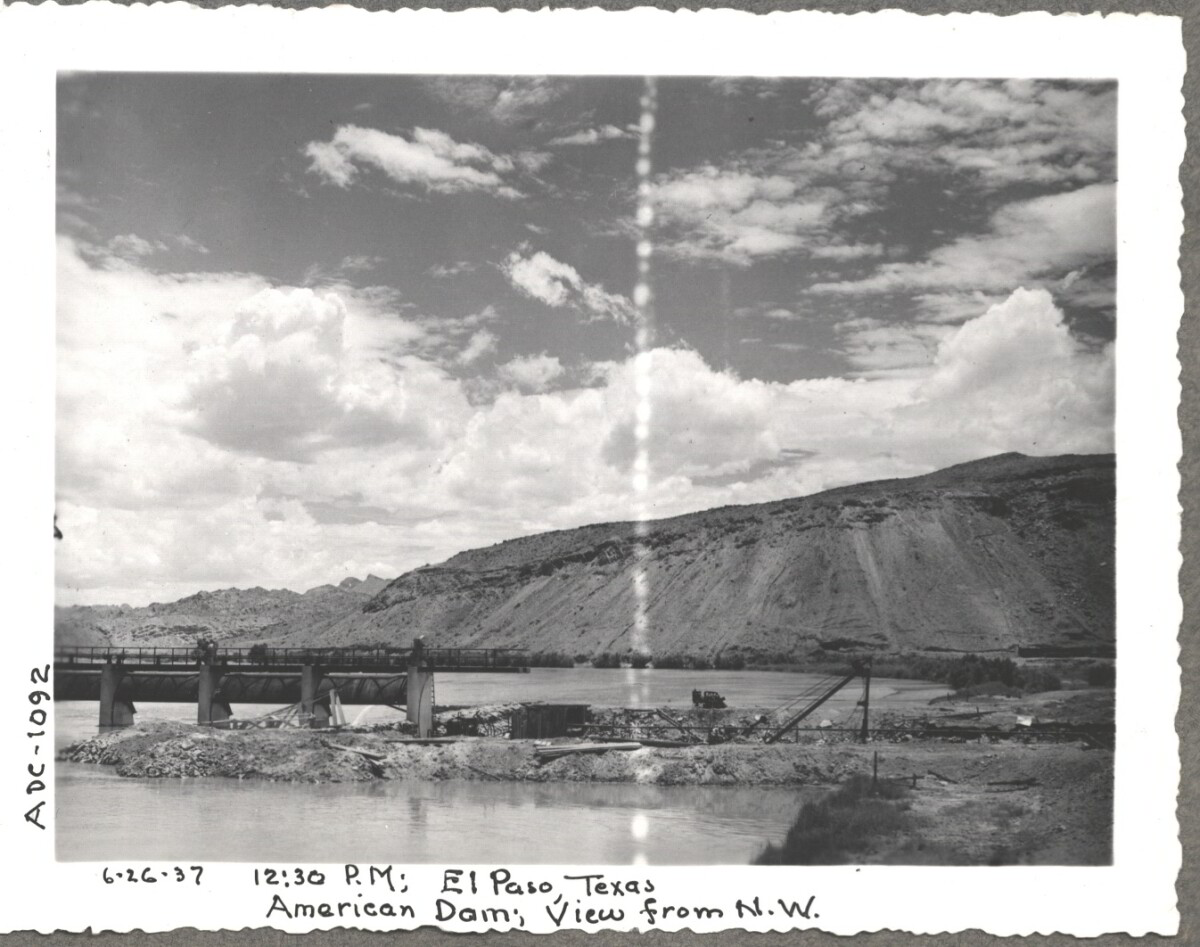
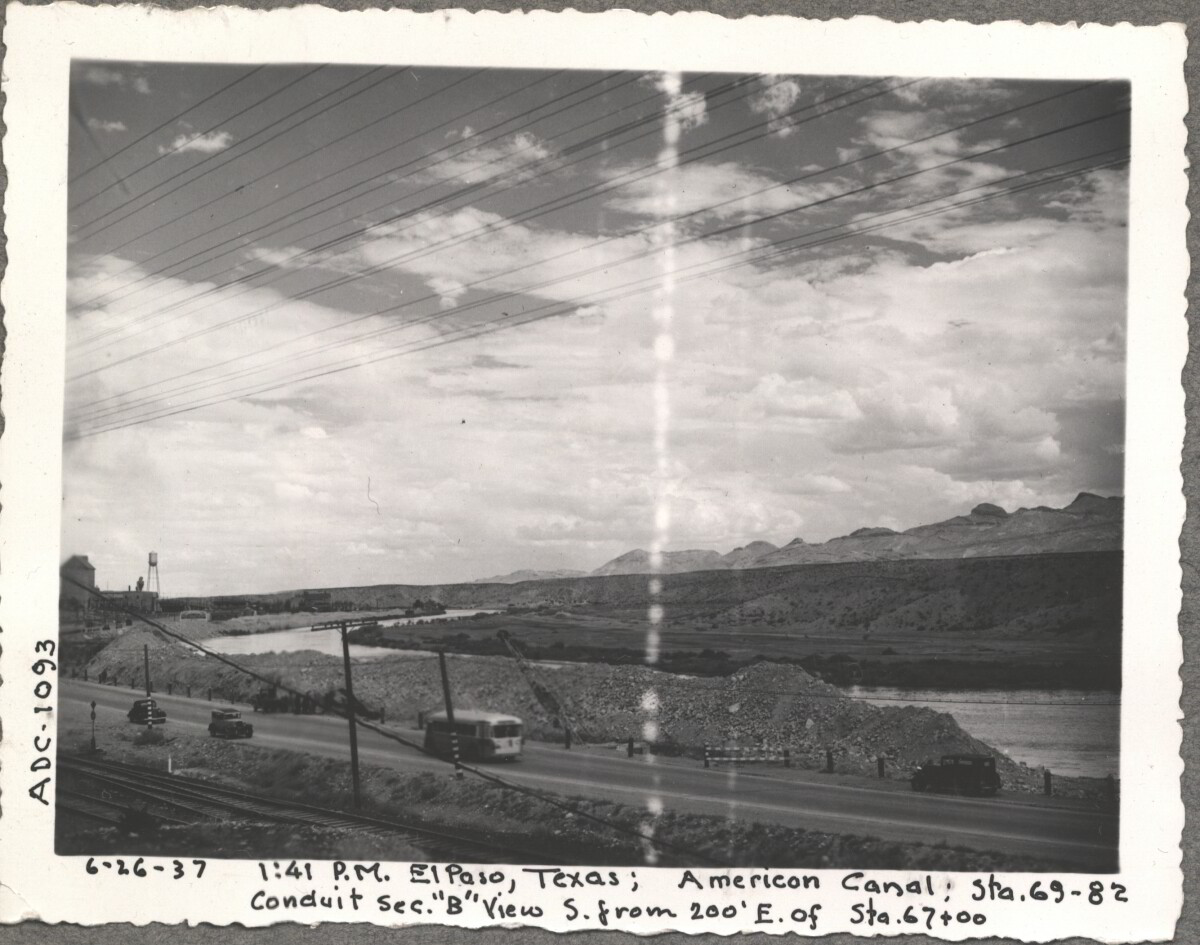
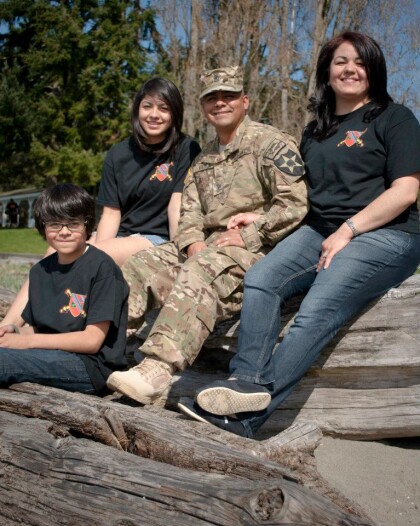
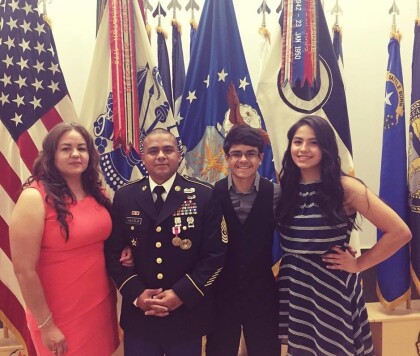
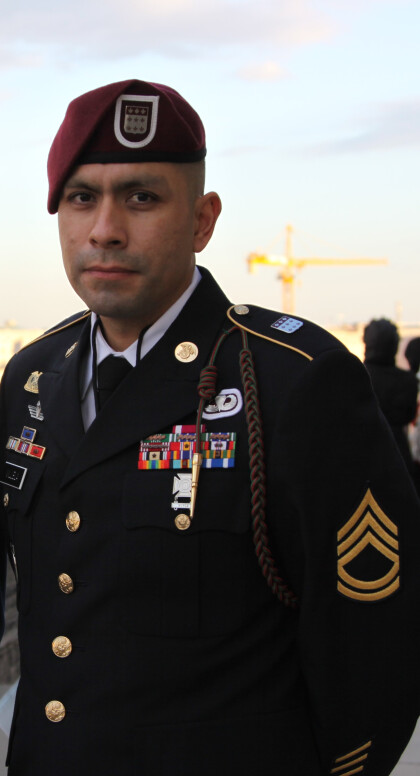
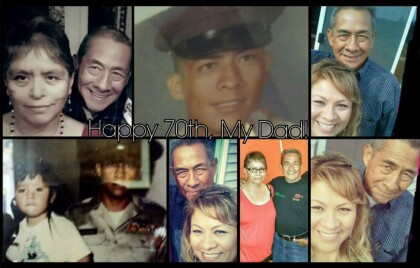
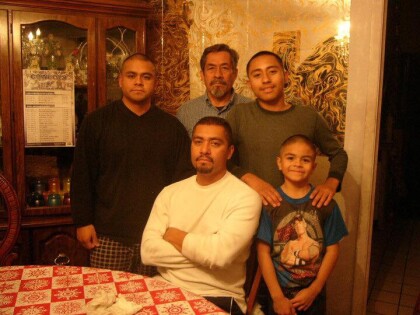
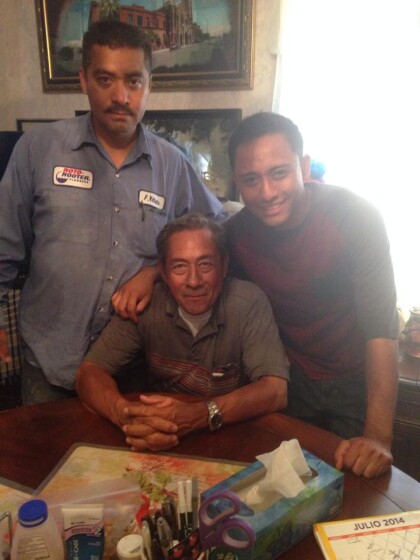
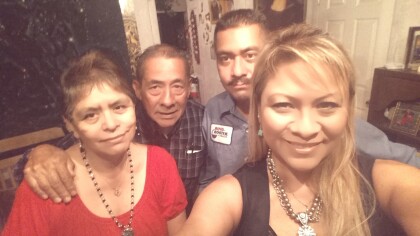
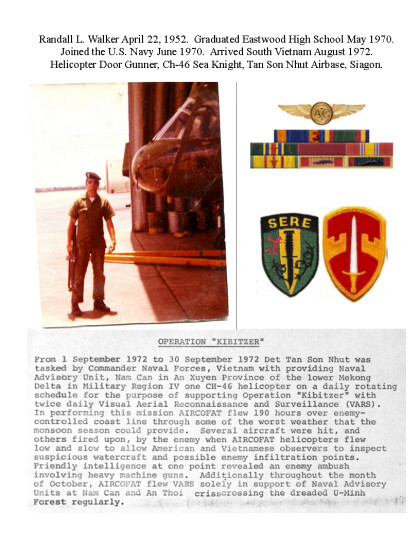


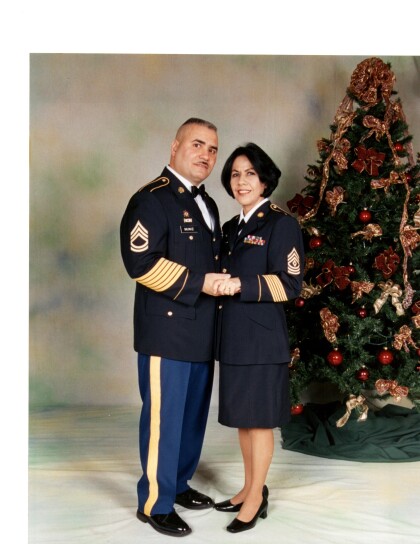

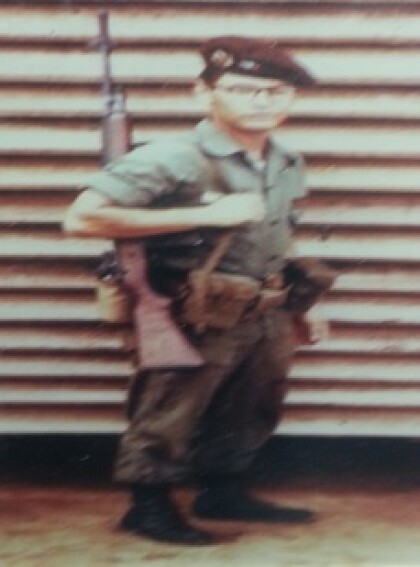
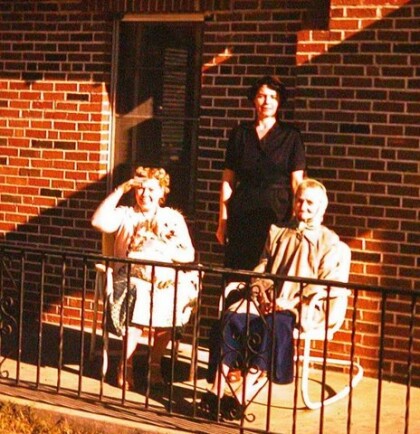
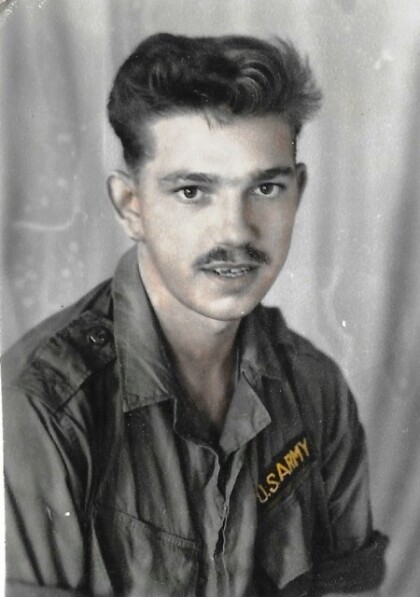
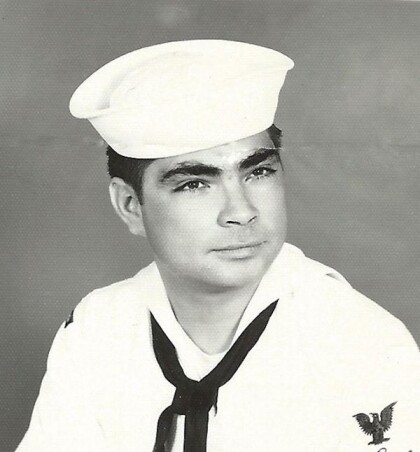
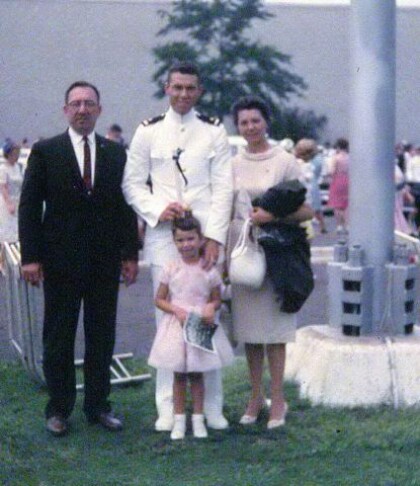
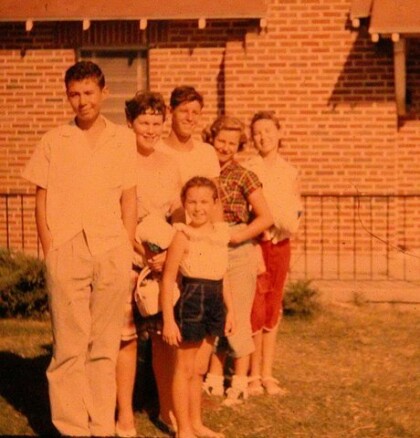
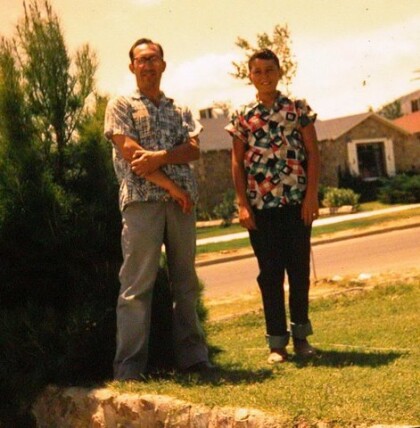
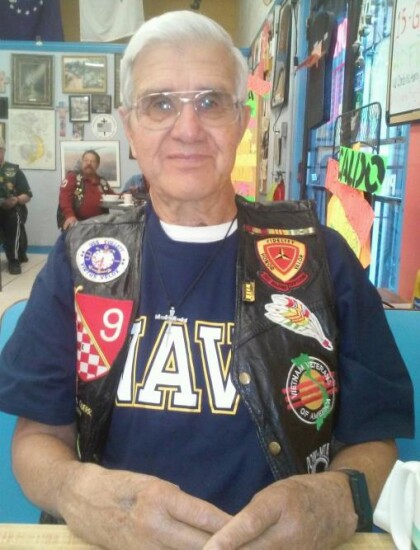
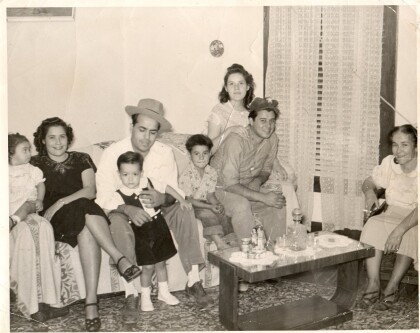
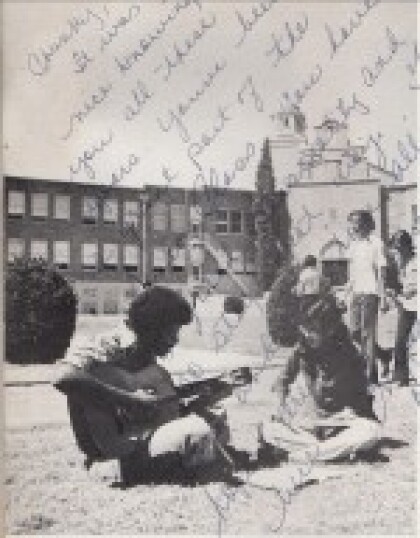
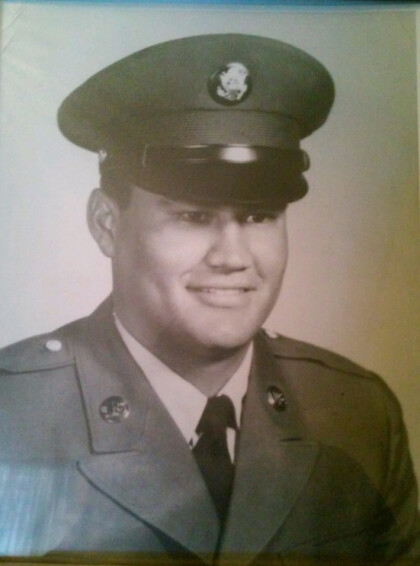
Comentarios
Hacer un comentario